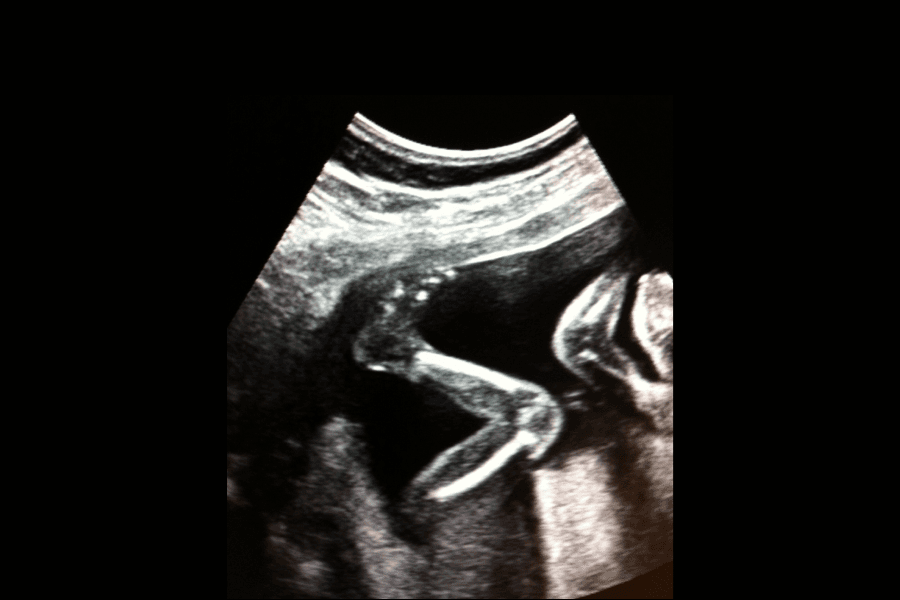Every baby is different, and this applies also to how the baby moves, how much and when. Baby makes small movements that are difficult, or impossible, to detect. Baby kicks, practices breathing and swallowing, gripping and sucking. Not everything you feel are kicks.
How a pregnant woman experiences fetal movement depends on baby’s personality, how much room baby has, baby’s position in the womb and the placement of the placenta.
There are certain guidelines regarding how often you should feel your baby during pregnancy. Most pregnant women feel baby’s first movements around week 20. If your placenta is in the front, it could be more difficult to feel movements early, but as soon as your pregnancy develops, you will feel the movements clearly.
Once you start feeling your baby, the next stage is feeling your baby move every day, normally around week 25. If you’ve started to feel your baby move every day, you should continue to feel movements every day. You will also be able to tell when baby is awake. Babies inside the womb tend to be awake at night when mom is relaxing. It’s harder to feel baby moving during the day if you are up and about. You may need to stop and be still in order to feel anything.
Once you’ve reached this stage, you can start to identify your baby’s pattern. You should have it figured out by week 28–29. A pattern could appear every morning, evening or lunch, every time you eat something or lie down. We suggest finding a practice or strategy for identifying how and when you can feel baby move. Perhaps you could lie down for a while every day and try to feel your little one’s movements. Set a timer for 15 minutes, lie down and notice your baby moving, how strong the movements are and that everything feels the way it normally does. By doing this, any time you feel uncertain or worried, you can use this method to feel confident that your baby is moving as usual. This practice is called Mindfetalness.
Obviously, it is easier to identify a pattern in an active baby than in one who is calm. Baby’s position in the uterus can determine how much movement a mother can feel. For example, it is easier to feel when baby kicks out toward the mother’s belly than if baby kicks in toward mother’s back.
If you feel that baby’s movements are coming less frequently or are weaker than normal, and if you have practiced your method and not gotten the response you’re used to, contact your healthcare provider.
Sources:
- Akselsson A, Lindgren H, Georgsson S, Pettersson K, Steineck G, Skokic V, Rådestad I. Mindfetalness to increase women's awareness of fetal movements and pregnancy outcomes: a cluster-randomised controlled trial including 39 865 women. BJOG. 2020 Jun;127(7):829-837. doi: 10.1111/1471-0528.16104. Epub 2020 Feb 8. PMID: 31971325.
- Kaplan, A. (red.) (2009). Lärobok för barnmorskor. (3., omarb. uppl.) Lund: Studentlitteratur.
